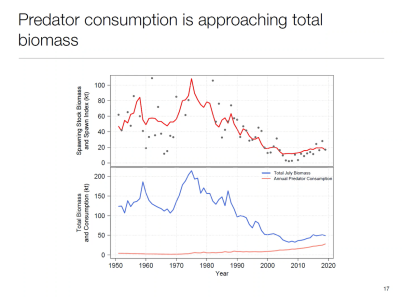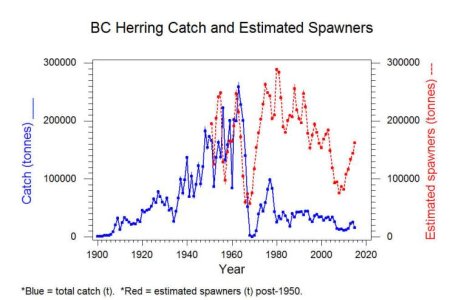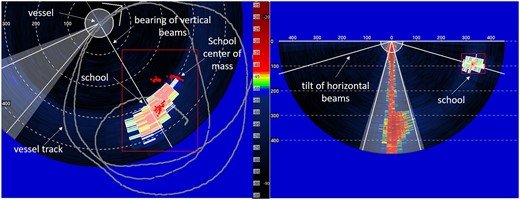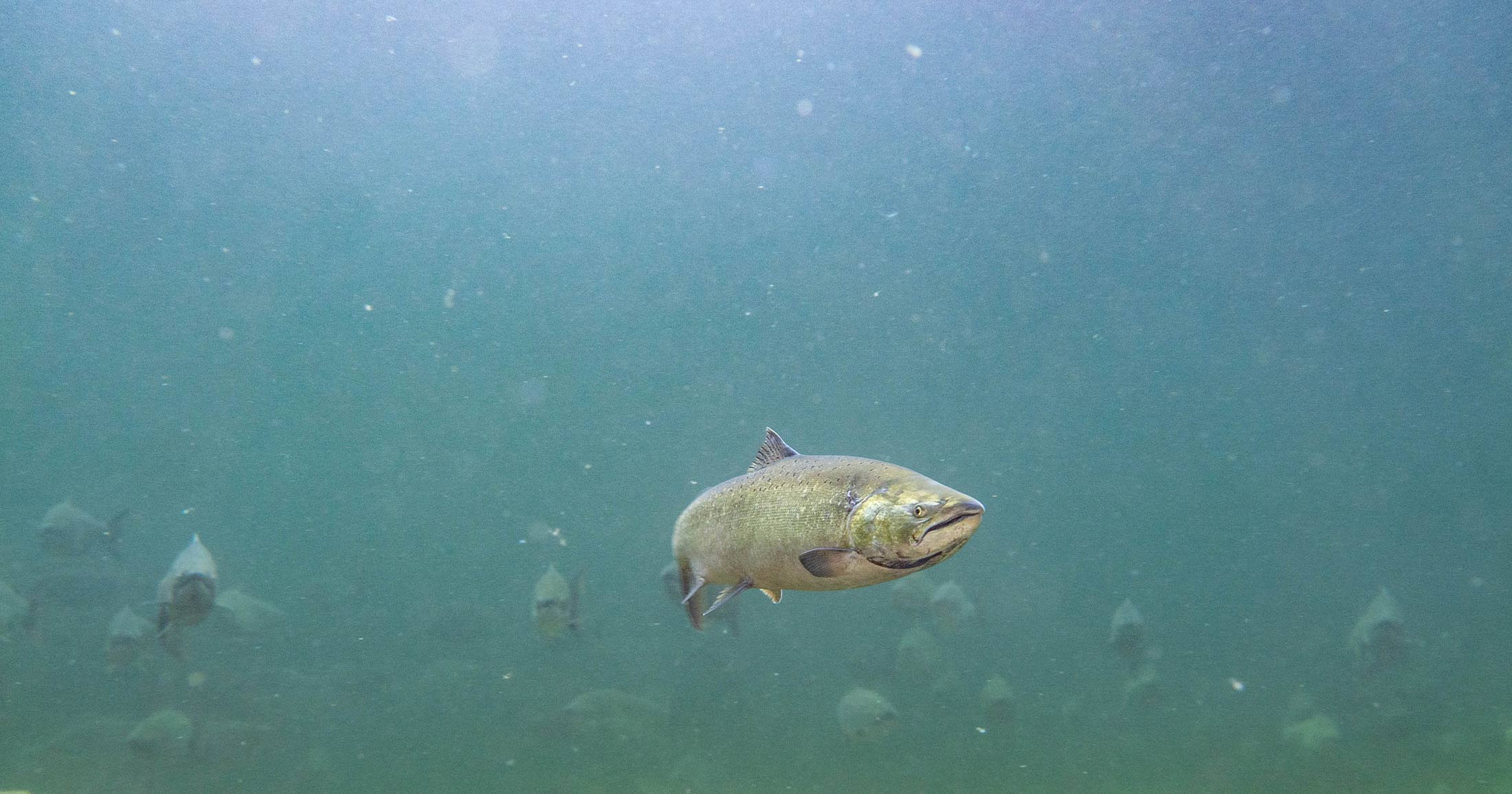Some interesting conversations on here - thanks to all the contributors.
What's interesting is ( and this goes for salmon as well ), you could have too much spawn in an area. Which ends up in a lower hatch count. It's all about balance. I'm sure AA could report on that science. People think that there should be herring spawn on every beach and there should be herring everywhere, well that's not what the ocean will allow. Ocean conditions will support what they can support.
Always happy to share what little I know.
Hatch-out rates for herring spawn are exceedingly variable:

publications.gc.ca
That is why there is so much noise in any stock recruitment curves looking at herring larvae verses spawning stock estimates and hence the difficulty in coming up with a lower benchmark for # of spawners needed for herring. One of the key stressors for herring egg survival is oxygen.
As the outmost layers of herring eggs are added - less oxygen is available to the innermost and earlier layers. Eventually (something like 10+ layers) the innermost layers die and cause the whole dead inner & living outer egg mass to fall off the vegetation - as the outer layers are held onto the substrate by attachment to the inner layers that are attached to the vegetation. I am assuming that pretty much all the eggs then perish.
The Spawn-on-Kelp (AKA Roe-on-kelp) processors/buyers are WELL AWARE of this fact and there are manuals available to the SoK fishers/harvesters as to when to stop the spawn in their pens and release the captured herring after enuff layers have accumulated in order to have as best quality of a product as possible. Gaps and dead eggs reduce the quality of the product and hence the profit margin.
For those unfamiliar with this SoK fishery - ponds are prepped like now and kelp is added to the ponds - and the available nearby herring are periodically sampled for roe content. Once they are close to being ready to spawn - a catcher seine boat is chartered and drops a few tons of herring in the ponds. The kelp/eggs are monitored closely, and after the correct numbers of layers are added - the nets are dropped and the herring are scooted out of the pond and the kelp with spawn is harvested and brined and brought back to the processors.
The other variable that affects what spawn happens are the density-dependent mechanisms.
Herring are very similar to Eulachons in at least 2 important ways:
1/ They smell out where spawning is and come in and participate,
2/ their eggs are double-enveloped and upon fertilization - the outer layer breaks (like popping a balloon) and that contracted "balloon" outer layer is what allows herring eggs to attach to the substrate.
If there isn't a "critical mass" of spawning herring that can be detected - almost nobody comes into that specific cove to spawn. Conversely, in large biomass years - "outside" herring are pushed into more inshore areas/coves. So, comparing between years can be difficult - and we are only in the early art of developing an understanding of these density-dependent mechanisms.
All of these factors play into what numbers of herring spawners end up where/when.
In addition, it seems that high predation and increases of predators is now forcing herring to spawn deeper in an attempt to avoid predators than in previous years.






